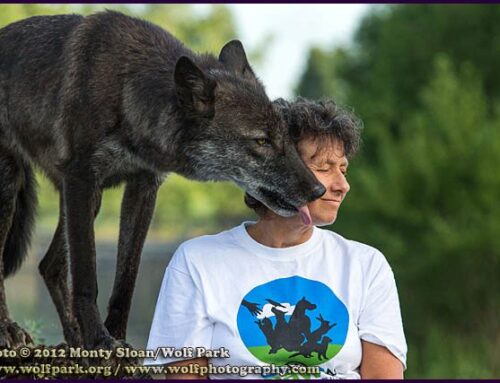This post is part of the Never Shock A Puppy campaign for Be The Change For Animals
Punishment is any consequence that increases the likelihood that the behavior preceding or accompanying it, will decrease. It’s been the foundation of modern dog training for decades. Dog pulls on leash, make pulling so unpleasant that the dog stops. Dog lunges at strangers or other dogs, yank, yell at, shock or hit the dog (hard enough) and they may stop lunging at strangers. For punishment to be a training technique it must have the affect of preventing the undesired behavior from occurring in the future. If a particular punishment doesn’t work after a couple of applications, it’s not working as a training technique and amounts to what some would consider abuse or in its most benign form, nagging. Some skilled trainers understand the use, benefits and pitfalls of using punishment to train dogs. Few pet owners do. No offense to anyone out there, but it’s true.
One thing that punishment can do well is suppress behaviors. The trouble is that many dogs are punished for something that seems perfectly obvious to their handler, but is not to the dog. No behavior happen in a vacuum. A dog that is shouted at for pooping in the house, even while they are pooping, can look for all intents to understand that they are not suppose to poop on the rug, in response to being shouted at. However there are dogs who after being reprimanded by their owners for pooping inside, become reluctant to poop anywhere when their owners are present. The dog did not understand that the problem was pooping inside. Some pet owners complain about dogs that can go for an hour long walk, do nothing, and then come home and poop behind the couch. Ooops.
When working with fearful dogs, who are already sensitive to what goes on in their world, even doing something that is only mildly startling can cause problems with their rehabilitation. Punishment does not have to hurt or scare a dog in order to be effective, but it does have to be aversive enough so that the behavior is affected and herein lies the rub, it’s not always easy to know how much is enough and how much may be too much. It’s risky, and it would be one thing to take that risk if it was the only option available to us as both trainers and pet owners, but it isn’t. Not only are there alternatives to using punishment to change behaviors, more and more studies show that these alternatives can be as or more effective. Animals learn skills faster when they are rewarded for doing the right thing as opposed to being punished for doing the wrong thing.
It is not just the punishment itself that can have negative fallout when it comes to training dogs. The threat of punishment and its accompanying dread can affect how or if a dog learns new behaviors.





